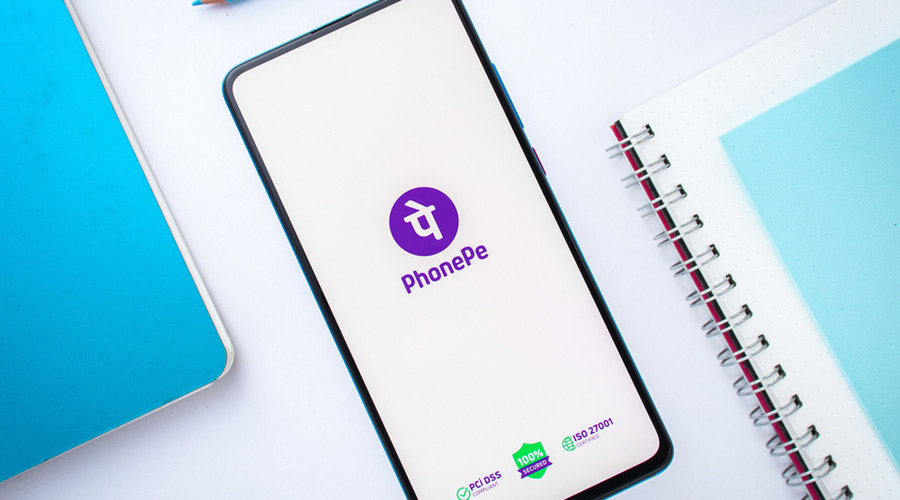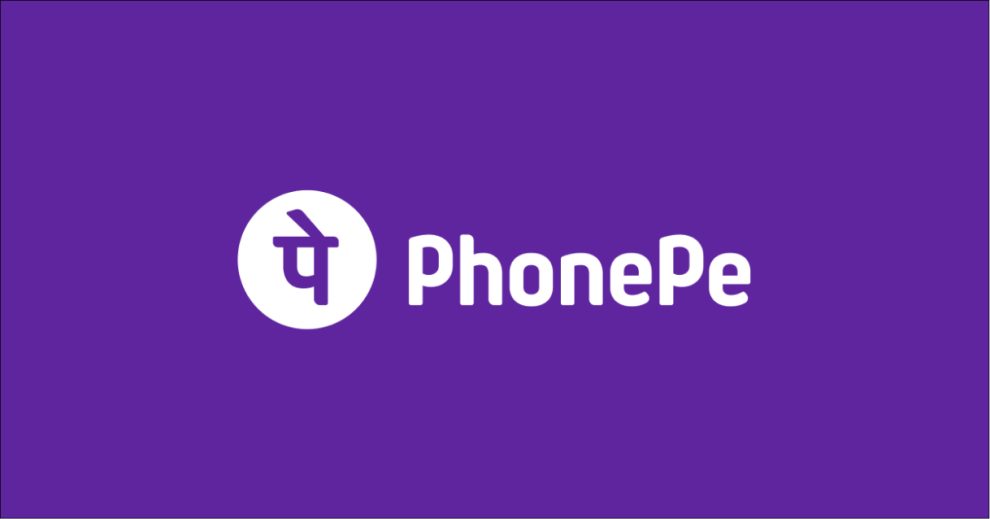Mobile wallets like PhonePe have emerged as game-changers in the era of digital payments, offering a seamless and secure way to conduct transactions. But what if you don’t have a traditional bank account? Can you still take advantage of PhonePe’s features? In this article, we’ll explore how to use PhonePe without a bank account and delve into the functionalities available to you.
Understanding PhonePe’s Functionality Without a Bank Account
While linking a bank account unlocks the full potential of PhonePe, it’s still possible to utilize some of its features without one. Here’s how you can get started:
Step 1: Download the PhonePe App
Begin by downloading the PhonePe app from the Google Play Store or Apple App Store. Once installed, open the app and proceed with the registration process.
Step 2: Verify Your Phone Number
PhonePe will prompt you to enter your mobile number. You’ll receive a verification code via SMS. Enter the code to verify your phone number and continue.
Step 3: Set Up Your PhonePe Account
After successfully verifying your number, PhonePe will ask you to create a Username or UPI ID (optional) and a secure PIN for future logins. This PIN is crucial for accessing your PhonePe wallet and authorizing transactions.
Congratulations! You now have a basic PhonePe account without a linked bank account.
Functionalities Available on PhonePe Without a Bank Account
Even without a linked bank account, PhonePe offers several features that can simplify your everyday transactions:
1. Mobile Recharges and Bill Payments
PhonePe allows you to recharge your mobile phone, DTH subscriptions, and pay various bills (electricity, water, etc.) using debit or credit cards, even without a linked bank account.
2. Add Money to Your PhonePe Wallet
You can add money to your PhonePe wallet using any debit or credit card. This wallet balance can then be used for making small, everyday payments through QR codes at shops, online payments on websites accepting PhonePe, or sending money to friends and family who have PhonePe accounts with linked bank accounts.
3. Limited Sending and Receiving Money
While you can’t directly transfer money out of your PhonePe account without a linked bank account, you can still receive money if someone sends it to your UPI ID (if created during registration). However, the received amount will remain in your PhonePe wallet and cannot be directly transferred to a bank account.
Note: Some transactions using debit/credit cards might incur processing fees. Be sure to check PhonePe’s terms and conditions for any applicable charges.
Unlocking the Full Potential of PhonePe: Linking a Bank Account
While the functionalities mentioned above offer convenience, linking a bank account takes your PhonePe experience to the next level.
- Seamless Money Transfers: Send and receive money effortlessly to anyone with a PhonePe account linked to a bank account.
- Higher Transaction Limits: Enjoy increased transaction limits for sending and receiving money compared to using just your PhonePe wallet balance.
- Investment Options: Depending on your account type, some PhonePe accounts linked to specific partner banks might offer investment options like mutual funds or digital gold purchases directly through the app.
Remember: Linking your bank account with PhonePe requires completing the KYC (Know Your Customer) process, which typically involves submitting identity and address proof documents during the verification stage.

Exploring Alternatives to PhonePe for Cashless Transactions Without a Bank Account
While PhonePe is a popular choice, it’s worth exploring other options available in the Indian market for cashless transactions without a bank account:
1. UPI-enabled Wallets with Minimal KYC
- Paytm: Similar to PhonePe, Paytm allows you to create a wallet using just your mobile number. You can add money using debit/credit cards and use it for recharges, bill payments, and in-store payments via QR codes. Limited KYC allows you to receive money as well, but with a maximum limit.
- Amazon Pay: Integrated with the Amazon shopping platform, this wallet functions similarly. Light KYC allows basic transactions like recharges and bill payments using debit/credit cards.
Important Note: While these wallets offer some functionalities without a full KYC, transaction limits might be lower compared to PhonePe with a linked bank account. Upgrading to full KYC verification typically unlocks higher limits and additional features.
2. Digital Wallets Offered by Telecom Operators (Limited Availability)
- Airtel Payments Bank: Airtel offers a mobile wallet linked to their network. Basic KYC allows users to recharge their Airtel prepaid phone, pay bills, and shop online at select merchants.
Availability Disclaimer: These operator-linked wallets might have limitations on usage, depending on your network provider.
3. Cash Pickup Services (for Online Transactions)
- Cash on Delivery (COD): Many online retailers offer COD as a payment option. You place your order online, and upon delivery, you pay the delivery personnel with cash.
Drawbacks of COD: This method might not be suitable for all online transactions, and some retailers might have minimum order value requirements for COD purchases.
4. Gift Cards (Limited Use Cases)
- Physical and Digital Gift Cards: Gift cards from various retailers can be used for specific purchases at partnered stores or online platforms.
Limitations: Gift cards have predefined values and can only be used for intended purposes at designated merchants.
Choosing the Right Option for Your Needs
When deciding on the best digital payment solution without a bank account, consider the following factors:
- Frequency of Transactions: If you anticipate frequent cashless transactions, a UPI-enabled wallet like PhonePe (with a linked bank account for full functionality) might be ideal.
- Preferred Merchants: If you primarily shop online or at stores affiliated with a particular network provider (for operator wallets), their wallet options might be suitable.
- Transaction Amounts: Consider the transaction limits associated with each option, especially if you deal with larger purchases.
Remember: Security is paramount when dealing with digital wallets. Always choose trusted platforms and maintain strong passwords and PINs for your accounts.
The Future of Cashless Transactions in India
As the Indian government actively promotes digital payments, aiming for a cashless economy, continuous innovation and development in the digital payments landscape are on the horizon.
- Simplified KYC Processes: Efforts are underway to streamline KYC procedures, making it easier for individuals to participate in the digital payment ecosystem.
- Increased Merchant Adoption: Expect wider acceptance of digital wallets and UPI payments across online and offline merchants.
- Emerging Technologies: The integration of technologies like biometric authentication and near-field communication (NFC) might further enhance the security and convenience of cashless transactions.
By embracing digital wallets and familiarizing yourself with the available options, you can seamlessly integrate into the evolving cashless ecosystem in India, even without a traditional bank account.
Conclusion
PhonePe offers a convenient way to enter the world of digital payments, even without a bank account. By leveraging its features like mobile recharges, bill payments, and cashless transactions at stores accepting PhonePe QR codes, you can experience the convenience of going cashless. As your financial needs evolve, consider linking a bank account to unlock the full potential of PhonePe and explore alternative options in the market that align with your specific requirements.
Remember to prioritize security and choose trusted platforms when dealing with digital wallets. With the right knowledge and tools, you can confidently navigate the exciting world of cashless transactions in India.
















Add Comment